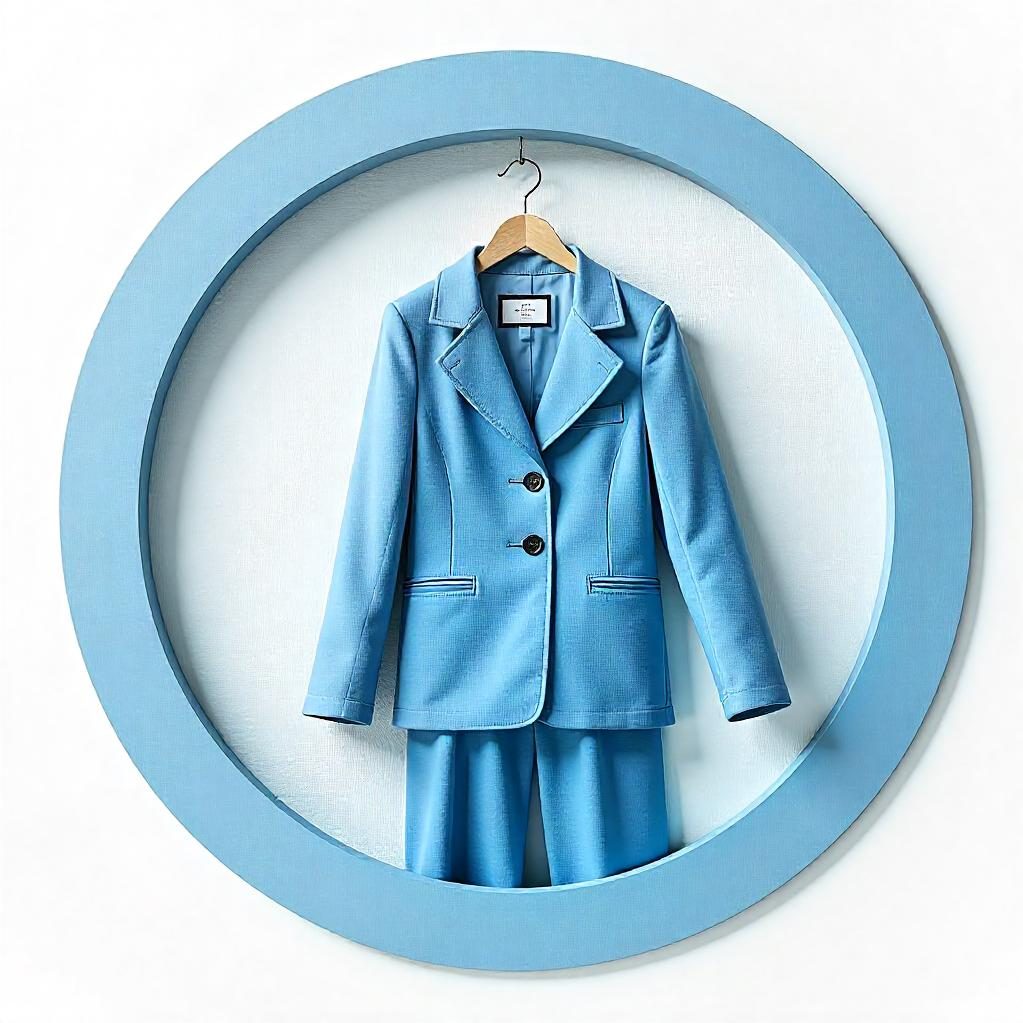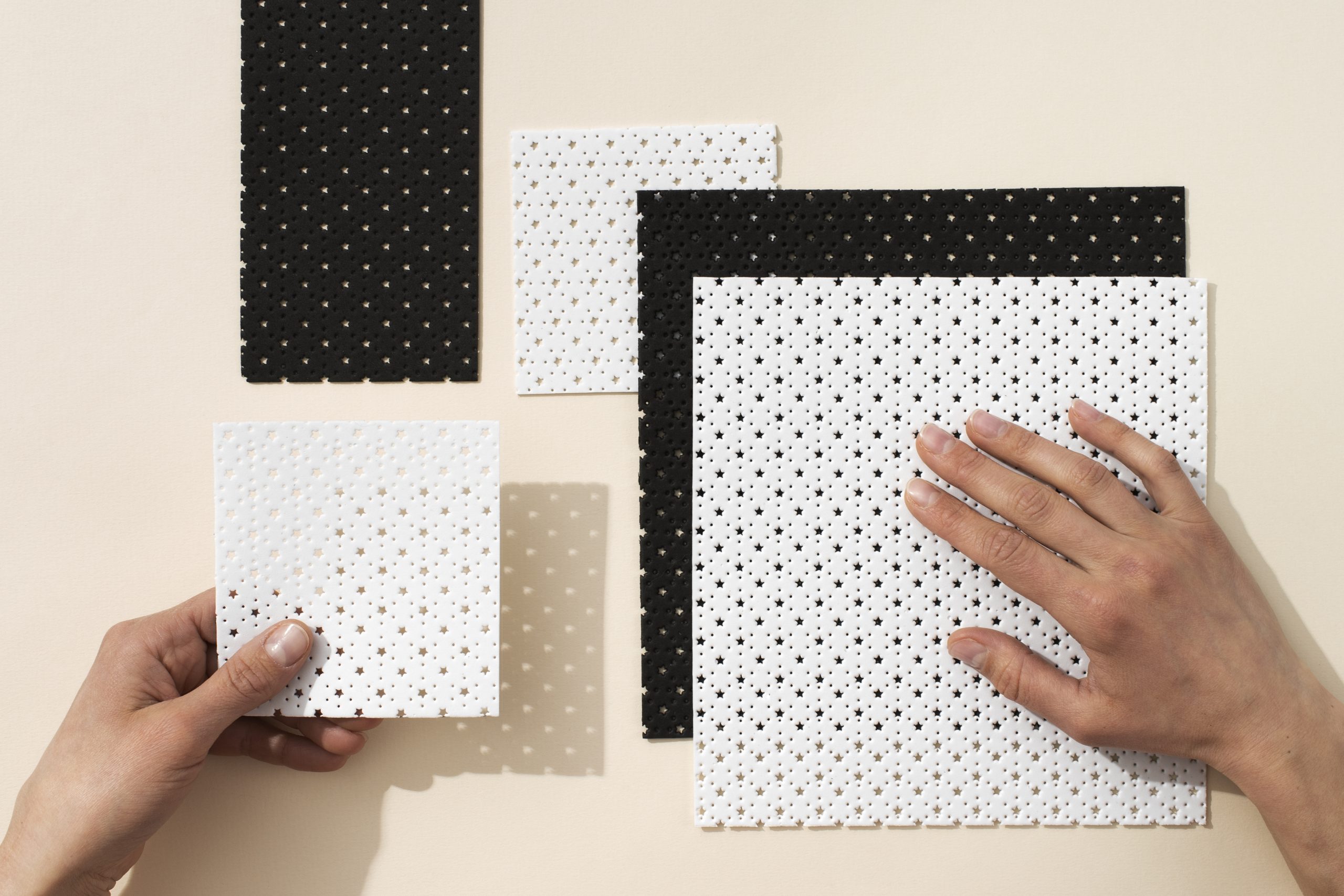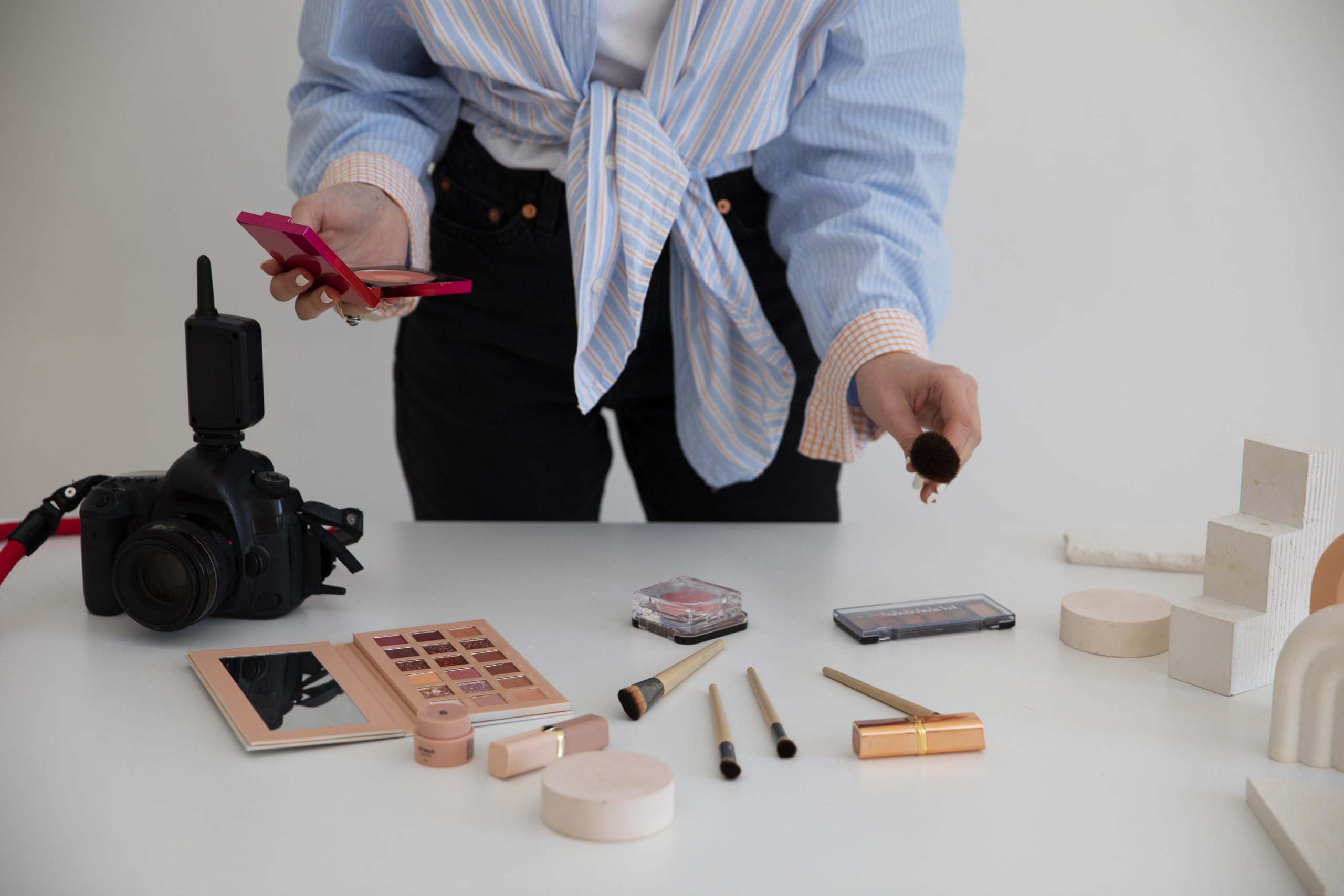Mixing patterns is a fun and creative way to elevate your wardrobe, but it can also be a tricky art to master. If not done carefully, different patterns can clash and make an outfit look chaotic. Here’s how to mix and match patterns like a pro, creating a stylish and cohesive look every time.
1. Stick to a Common Color Palette
The easiest way to mix patterns without clashing is to choose patterns that share a similar color palette. Whether it’s monochromatic tones or complementary colors, sticking to a consistent color scheme creates harmony between the different patterns.
- Tip: If you’re pairing stripes with florals, make sure both patterns feature the same colors. For example, a navy and white stripe with a floral pattern that has shades of navy and white works seamlessly.
2. Vary the Scale of Patterns
Mixing patterns of different scales (sizes) is one of the best ways to prevent clashing. Combining a large, bold print with a smaller, more subtle one creates visual interest without overwhelming your look.
- Tip: Pair a large geometric pattern with a tiny polka dot print, or combine big floral prints with fine stripes. This contrast in size keeps the outfit balanced.
3. Keep One Pattern as a Neutral Base
When mixing patterns, it’s essential to have one pattern act as the base and the other as an accent. Choose one dominant pattern, like a large floral print, and pair it with a more subdued pattern, such as a small stripe or dot, to avoid visual overload.
- Tip: Use a neutral pattern like a classic stripe or check as the base of your outfit and then layer with a bolder, contrasting print to add dimension and style.
4. Use Solid Colors to Break It Up
To keep things from feeling too busy, incorporate solid color pieces into your outfit. This provides a visual break and gives the eye a place to rest, creating a balanced overall look.
- Tip: Wear a solid-colored blazer or trousers when mixing patterns on top, or add a single-color accessory like a bag or shoes to ground the outfit.
5. Mix Similar Pattern Types
Patterns can fall into different categories, such as stripes, florals, checks, and animal prints. Mixing patterns from the same category (like two types of stripes or florals) tends to work better than mixing very different styles. This consistency ensures the patterns complement each other.
- Tip: Pair different striped patterns (e.g., thin stripes with wide stripes) or mix floral patterns of similar shapes for a cohesive look.
6. Play with Texture
In addition to mixing patterns, playing with texture is another way to add depth to your outfit. Combining smooth fabrics with textured ones, such as a velvet top with a printed skirt, creates visual interest while still keeping things balanced.
- Tip: Try pairing a patterned silk blouse with a textured wool skirt or mix leather with floral prints for an edgy twist.
7. Use Accessories to Tie Everything Together
Accessories can help unify your look when mixing patterns. A scarf, handbag, or shoes in a solid color or subtle print can help bridge the gap between two bold patterns and tie the outfit together.
- Tip: Opt for a neutral-toned accessory or one that pulls colors from both patterns to create harmony in your ensemble.
8. Confidence is Key
The most important aspect of pulling off mixed patterns is confidence. If you feel great in your outfit, it will show. Mixing patterns can seem intimidating at first, but with a little experimentation, you’ll soon master the art of mixing and matching.
- Tip: Trust your instincts and have fun with your outfit choices. Fashion is about self-expression, so don’t be afraid to experiment!
Final Thoughts
Mixing and matching patterns without clashing is all about balance, color coordination, and confidence. By using these tips—such as sticking to a common color palette, varying the scale of patterns, and adding solid colors for balance—you can create stylish and cohesive outfits that stand out. Remember, fashion is all about experimentation, so embrace your creativity and have fun!


